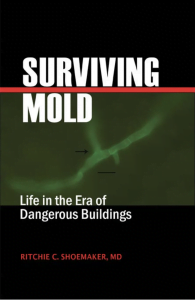Doctors told to watch for flesh-eating bacteria
Louisville surgeon seeing it more often
Laura Ungar, The Courier-Journal, 2 Apr 2006
Tim Bledsaw thought the dime-size spot on his inner thigh was just a boil — no cause for worry.
But within days, the spot grew so painful it became hard to walk, forcing him to seek help in the emergency room.
Doctors later would discover that the 40-year-old Louisville man had necrotizing fasciitis, commonly known as flesh-eating bacteria disease. Soon they would be struggling to save his leg, and his life.
Although flesh-eating disease is relatively rare, some doctors say the number of cases may be higher than the widely used estimate of up to 1,500 a year nationally. In fact, Dr. Alberto René Maldonado, one of Bledsaw’s physicians, is writing an article for the Kentucky Medical Association’s journal reminding doctors to be vigilant about the potentially deadly condition.
“It’s a very devastating infectious disease,” said Maldonado, a plastic and reconstructive surgeon in Louisville. “I’m seeing it more often.”
One of the germs to blame for Bledsaw’s illness is a resistant staph bacteria — a growing threat fueled by the overuse of antibiotics. Researchers writing in “The New England Journal of Medicine” last year said flesh-eating disease caused by this germ is “an emerging clinical entity” and they had seen “an alarming number” of cases — 14 in a 15-month period at a Los Angeles medical center.
Also on the rise are serious problems linked to Group A strep, the bacteria that causes many other cases of flesh-eating disease. Kentucky reported 62 cases of invasive disease caused by this germ in 2004, up from 39 in 2001. This number includes other invasive strep infections, such as pneumonia. Physicians aren’t required to report flesh-eating disease cases separately to the state.
Dr. Martin Raff, an infectious disease specialist at the University of Louisville, said he sees about one case of necrotizing fasciitis each month.
“A lot of physicians fail to recognize its presence and severity,” Raff said. “The real key is speed of diagnosis and appropriate surgery. People can wind up badly damaged or dead.”








